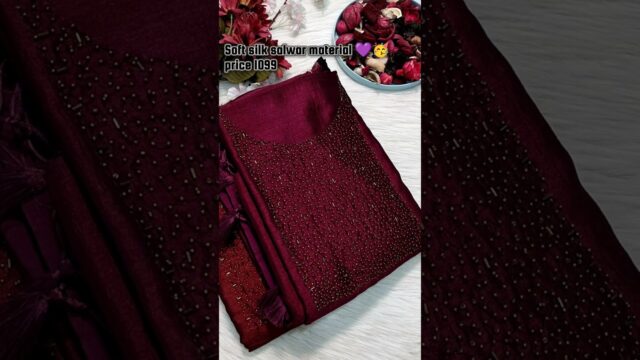Women’s Pockets Weren’t Always a Complete Disgrace | A Brief History: England, 15th c – 21st c
5KWomen’s pockets weren’t always a complete disgrace. In fact, they used to be quite functional and practical, unlike the tiny, useless pockets we see in women’s clothing today. Join me on a journey through history as we explore the evolution of women’s pockets from the 15th century to the 21st century in England.
Let’s start in the 15th century, where pockets were essentially small bags or pouches that were tied around the waist and worn under the outer garment. These pockets were separate from the clothing and could easily be accessed by the wearer. Women would use these pockets to carry various items such as money, keys, and other personal belongings.
As we move into the 16th and 17th centuries, pockets became more elaborate and decorative. They were often richly embroidered and adorned with jewels and lace. Pockets were still worn around the waist, but they were now considered a fashionable accessory that added to the overall look of the outfit.
By the 18th century, pockets began to be sewn into the skirts of women’s dresses and were no longer separate accessories. These pockets were still relatively large and functional, allowing women to store a variety of items. However, as fashion trends changed, pockets became smaller and less practical.
Fast forward to the 19th century, and women’s pockets had become almost non-existent. Dresses were now slim and fitted, with no room for pockets. Instead, women relied on small purses and handbags to carry their belongings. This marked the beginning of the downfall of women’s pockets as we know them today.
As we enter the 20th century, the trend of small, useless pockets continued. Women’s clothing became even more streamlined, with no room for pockets. Purses and handbags became essential accessories for carrying all of the items that would have previously been stored in pockets.
Now, in the 21st century, women’s pockets are practically non-existent. Most women’s clothing either has no pockets at all or has tiny, shallow pockets that can barely hold a lipstick, let alone a phone or keys. This is a stark contrast to the functional and practical pockets that women used to have access to in centuries past.
So, why did women’s pockets evolve from being functional and practical to being virtually useless? There are a few reasons for this shift. One of the main reasons is fashion. As clothing styles became more tailored and slim-fitting, there was simply no room for large, functional pockets. Purses and handbags became more popular as a way for women to carry their belongings.
Another reason for the decline of women’s pockets is the perception of women’s roles in society. In the past, women were expected to carry out domestic duties and were therefore in need of pockets to carry tools and other essential items. However, as societal norms shifted and women’s roles changed, the need for functional pockets diminished.
It’s clear that women’s pockets have gone through a significant transformation over the centuries. From being practical and functional accessories to becoming almost non-existent, the evolution of women’s pockets tells a fascinating story about fashion, society, and gender roles.
As we look towards the future, perhaps there will be a resurgence of functional and practical pockets in women’s clothing. Until then, we can only look back at the history of women’s pockets and appreciate the ways in which they have changed and evolved over time.










